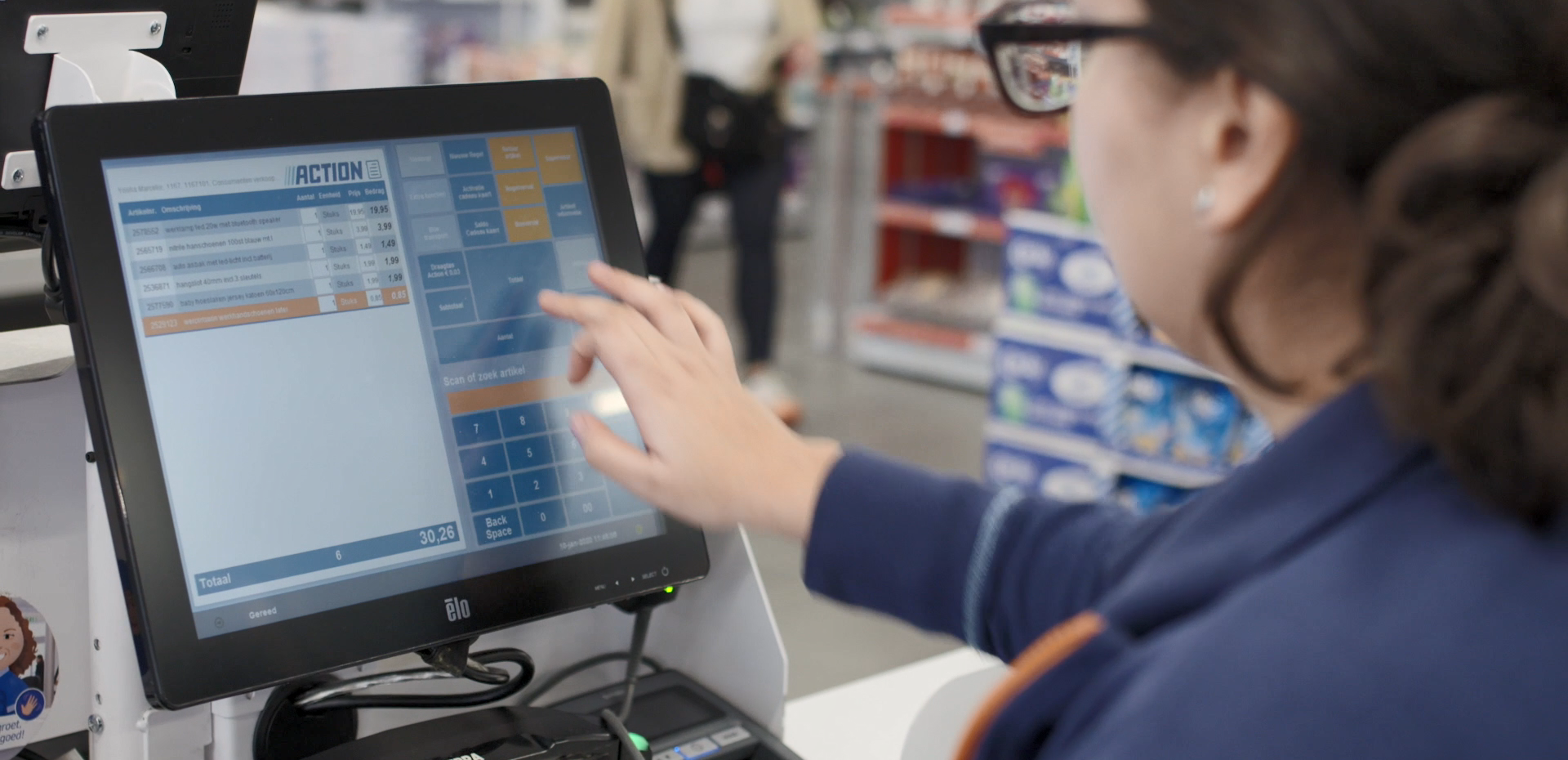Your shop or business in the retail, food or hospitality sector is changing. Developments are arriving rapidly in the field of self-service, and your customers are increasingly taking control. This opens up opportunities, provided you respond correctly. In this blog, we’ll help you to get started.
Entrepreneurs are increasingly choosing to hand over control to their customers. Self-check in, scanning or ordering products, self-service, self-checkout; customers are increasingly doing more and more for themselves.
Customer convenience is at the core of self-service. Consumers expect to be able to manage things easily for themselves. As a store, you can capitalise on this. Here are eight tips for high-quality self-service.


